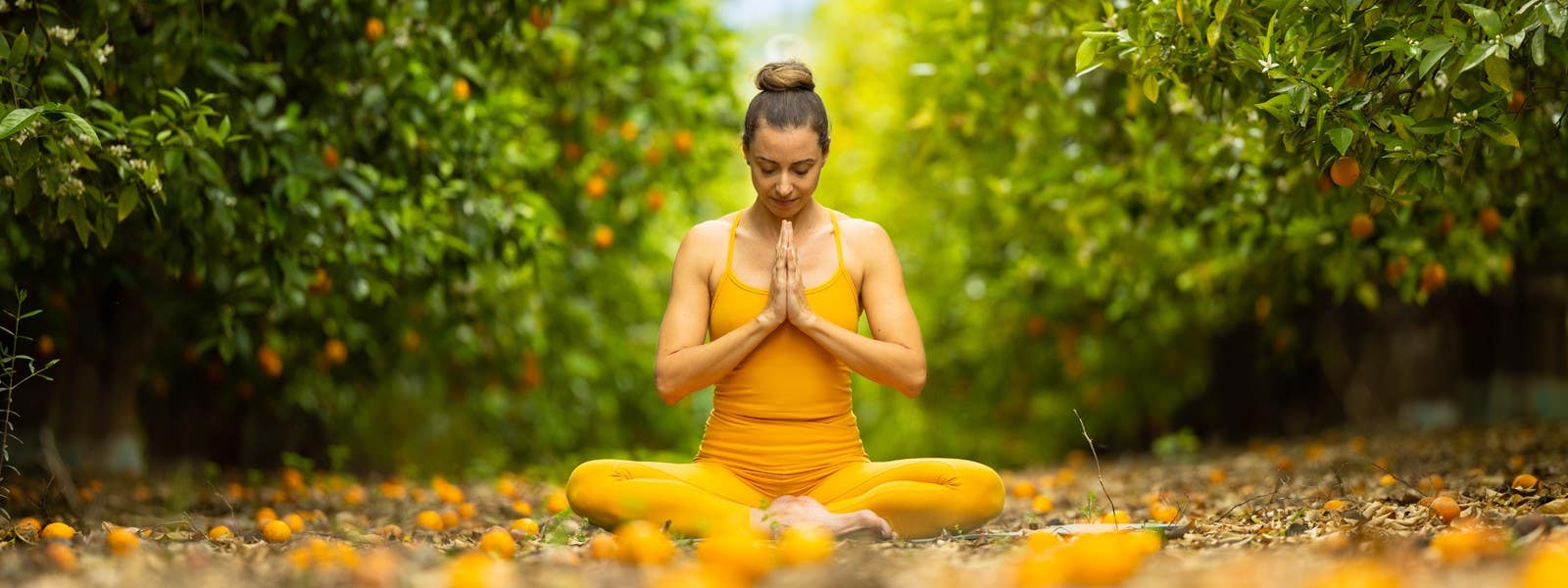Practicing yoga isn’t just about poses and breathing techniques. What you eat matters just as much. The right foods can support your flexibility, strength, digestion, and mental clarity. In this guide, you’ll learn exactly what to eat before and after yoga, plus tips on timing your meals and the best foods to avoid.
Why Food Matters in Yoga
Food is energy. For yoga practitioners, energy isn’t just about powering through poses. It’s about balance. The wrong meal can make you feel bloated, sluggish, or unfocused. The right one can leave you energized, light, and grounded.
Yoga encourages awareness and mindfulness—even when it comes to what you put in your body. By tuning in to your nutritional needs, you support your practice from the inside out.
What to Eat Before Yoga
Timing Is Everything
Try to eat at least 1 to 2 hours before your session. This gives your body time to digest. A heavy meal too close to class can lead to discomfort during inversions or twists. If you’re short on time, go for a light snack 30 minutes before class.
Best Pre-Yoga Foods
Here are some ideal foods to fuel your practice without weighing you down:
1. Bananas with Nut Butter
Bananas give quick-release energy, while nut butter offers protein and fat for longer-lasting fuel.
2. Oatmeal
Rich in complex carbs, oats keep your energy steady. Add a few berries or seeds for extra nutrients.
3. Smoothies
Blend fruits, greens, and a scoop of plant-based protein for a light and nourishing option that digests easily.
4. Whole Grain Toast with Avocado
This combo provides fiber, good fats, and slow-release energy to sustain you through a longer session.
5. Greek Yogurt with Fruit
The protein helps muscle function, and the fruit adds quick carbs to energize your flow.
What Not to Eat Before Yoga
Foods to Avoid
Some foods interfere with your practice by causing bloating, heaviness, or sluggishness.
1. Spicy Foods
These can lead to acid reflux or stomach upset, especially when you’re bending and twisting.
2. Fried or Greasy Foods
They’re hard to digest and can leave you feeling heavy.
3. High-Fiber Foods
While fiber is healthy, too much before yoga might cause gas or bloating.
4. Sugary Snacks
They cause a quick energy spike followed by a crash, which can make you feel tired halfway through your session.
5. Large Portions
Even healthy food in large amounts can be problematic. Stick to moderate portions that nourish without overloading.
What to Eat After Yoga
Refuel and Rehydrate
After yoga, your body needs to recover and rehydrate. Even a gentle class uses up energy and fluids. Post-yoga meals should focus on protein for muscle repair, carbs to replenish energy, and fluids to rehydrate.
Best Post-Yoga Foods
1. Quinoa Bowl with Vegetables and Tofu
High in protein and fiber, this meal supports muscle recovery and keeps you full.
2. Lentil Soup
Warm, easy to digest, and rich in plant-based protein, it’s an ideal post-class comfort food.
3. Smoothie with Protein
After a hot yoga class, a smoothie with banana, berries, almond milk, and a protein scoop is refreshing and effective.
4. Brown Rice and Steamed Veggies
Simple yet nourishing, this classic combo gives your body what it needs to recover gently.
5. Hummus with Whole Grain Pita
A great snack that’s rich in protein, fiber, and healthy fats.
Foods That Support Long-Term Yoga Practice
Eat for Flexibility, Strength, and Calm
Incorporate foods that align with yoga’s long-term goals: balance, clarity, and vitality.
1. Leafy Greens
Spinach, kale, and chard are full of magnesium, which helps with muscle function and calmness.
2. Berries
Packed with antioxidants, they help fight inflammation and support recovery.
3. Nuts and Seeds
Chia, flax, walnuts, and almonds offer healthy fats and support brain function and joint health.
4. Legumes
Beans, lentils, and peas provide fiber and protein, perfect for vegetarian and vegan yogis.
5. Fermented Foods
Yogurt, kimchi, and sauerkraut promote gut health, improving digestion and nutrient absorption.
Hydration Tips for Yogis
When and How to Drink
Hydration is crucial, but timing matters. Drinking too much right before class can make you feel full or nauseous. Sip water regularly throughout the day, not just during yoga.
After class, rehydrate with water or coconut water to replace lost electrolytes, especially after hot yoga.
Drinks to Avoid Before Yoga
Avoid coffee or carbonated beverages right before class. They can cause jitters or stomach upset. Herbal teas or warm water with lemon are much gentler options.
The Yogic Diet Philosophy
Sattvic Eating
In traditional yogic philosophy, food is categorized into three types:
- Sattvic: Pure, light, and energy-boosting foods like fruits, vegetables, grains, and nuts.
- Rajasic: Stimulating foods like spicy or overly salty meals.
- Tamasic: Heavy or processed foods that can dull the mind and body.
Yogis traditionally aim for a sattvic diet—fresh, organic, plant-based foods that energize and bring clarity.
Mindful Eating
Yoga encourages mindfulness in every area of life, including eating. Eat slowly, savor your food, and pay attention to how it makes you feel. Avoid multitasking during meals. Chew well, breathe between bites, and stop when you’re satisfied.
Sample Daily Meal Plan for Yogis
Morning (Pre-Yoga)
Banana + Almond Butter
Herbal Tea
Post-Yoga Breakfast
Oats with Chia Seeds, Blueberries, and Honey
Coconut Water
Lunch
Quinoa Salad with Chickpeas, Cucumber, and Olive Oil
Side of Greek Yogurt
Afternoon Snack
Fruit Smoothie with Plant Protein
Dinner
Steamed Vegetables, Brown Rice, and Tofu Stir Fry
Chamomile Tea
Final Thoughts
Yoga is more than a workout. It’s a way of living—and eating. Choosing the right foods before and after your practice can elevate your energy, deepen your awareness, and support your overall wellness. Pay attention to how your body responds to different meals and aim for balance, nourishment, and simplicity.
With the right fuel, your yoga journey becomes smoother, stronger, and more connected to both body and mind.










